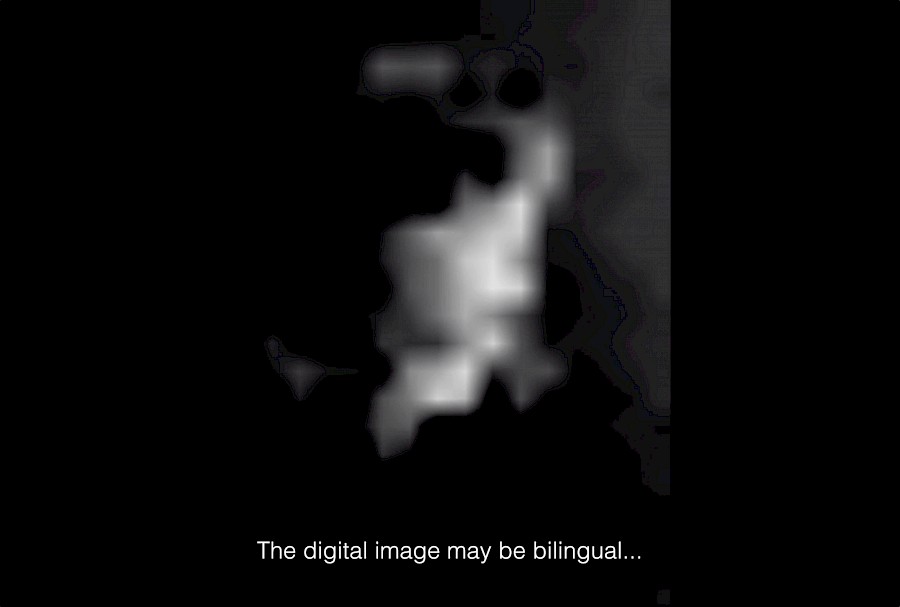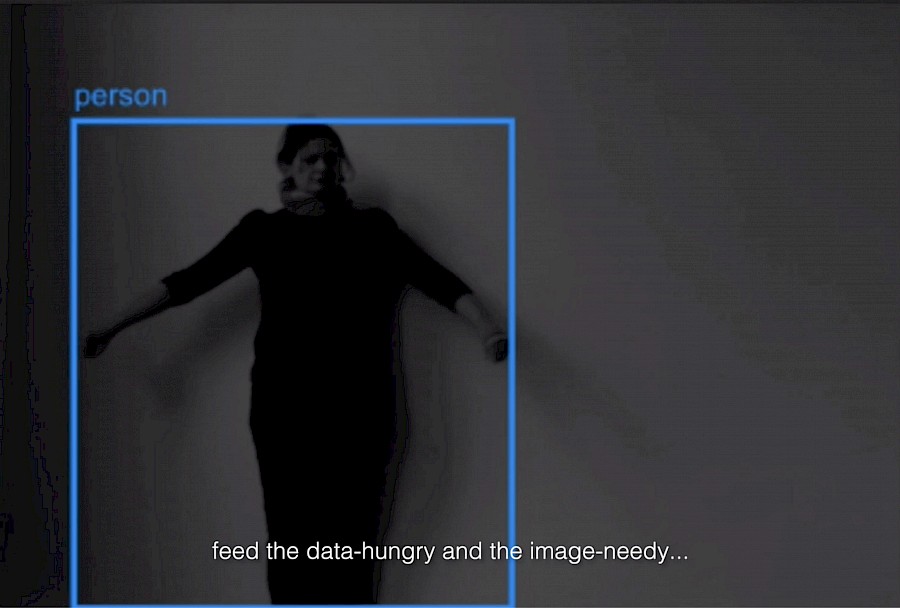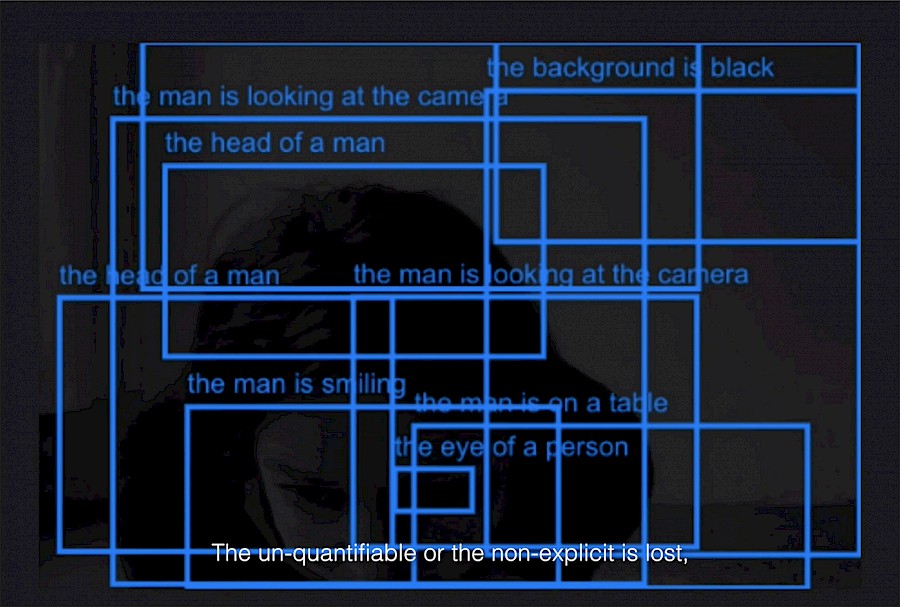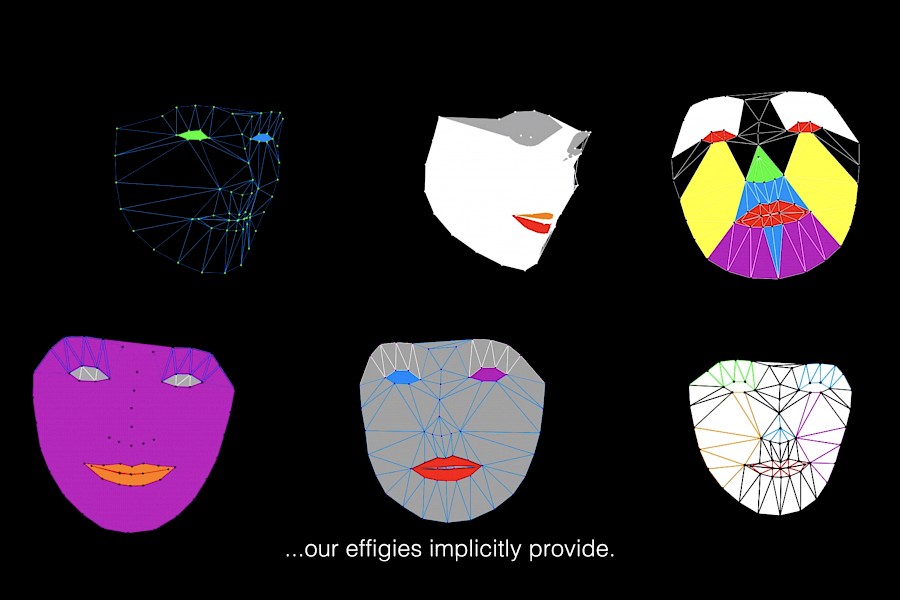ISEA 2020 - Art for Machines
Artist Talk
May 18- 24, 2020 //// postponed: October 11-18
Montréal, Canada
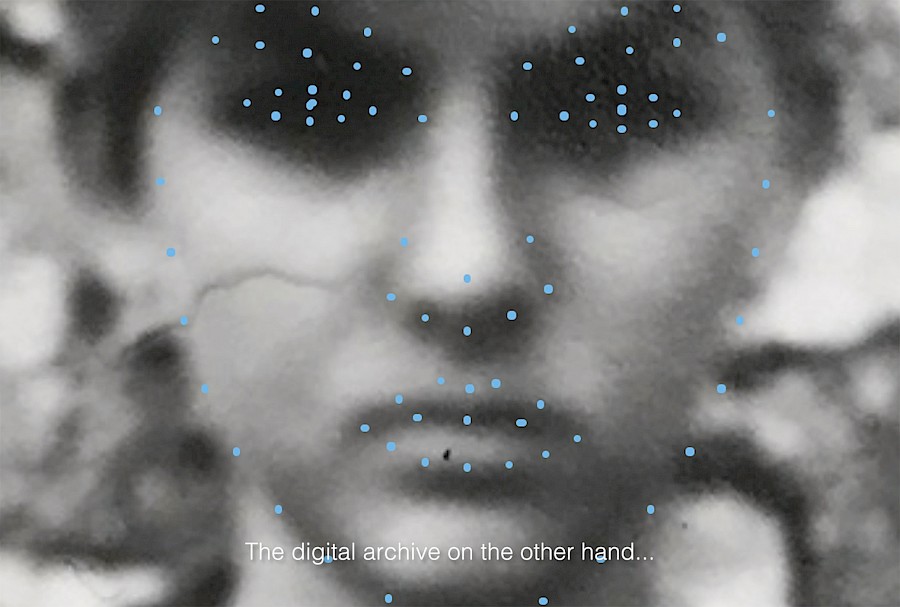
When celluloid was replaced by sensors twenty years ago, the photographic image became bilingual. The digital image, now being shot, shown, stored and shared by one device, lives up to (and beyond) expectations of analogue mnemonic technologies. Satisfying the human urge for visual traces, the easy-to-use digital apparatus tempt us to produce photographic images. Yet the current ubiquity of images demonstrates not only our ‘analogue’ needs to archive and share memories, it also points towards a ‘digital’ hunger for data. The photographic image, both data and imagery, speaks to different audiences. The human audience, with its growing need for visual updates of other peoples’ lives and the non-human audience, gathering data to index, recognise and categorise patterns in order to predict future developments. Pointing towards past and future at the same time, in between ‘narrative-based stories’ and ‘data-based story-telling’[1] the data-image serves both needs. We, seduced by the digital device, feed the data-hungry and the image-needy more and more. And now “Life is experienced as increasingly documentable, and perhaps, also experienced in the service of its documentation, always with the newly accessible audience in mind,”[2] a seemingly irrelevant transition changed the human role in image production forever.[1] Louise Amoore & Volha Piotukh (2015) Life beyond big data: governing with little analytics, Economy and Society, 44:3, 341-366, p. 347 [2] The Social Photo, On Photography and Social Media, Nathan Jurgenson, Verso, 2019
